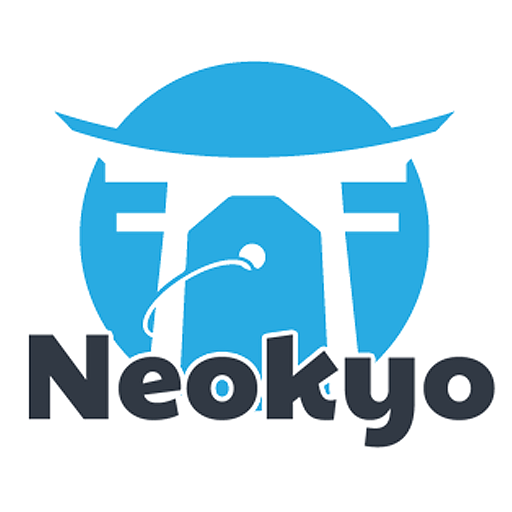What is a Kaiju? Origins, Fascination and its Expansion
Recently, “Kaiju No.8” has taken the world of anime and manga by storm. It has gained a large number of fans not only in Japan but also abroad, especially because of its unique storyline and characterization.

“Kaiju No.8” is set in a world where giant monsters appear on a daily basis, and the main character, Kafka Hibino, is a complex character who belongs to a special unit that defeats monsters while also having the ability to transform into a monster himself. This setting has attracted many readers. Especially overseas, searches for keywords such as “kaiju,” “what is a kaiju,” and “kaiju meaning” are increasing, and interest in kaiju is growing. This blog post details what a kaiju is, its origins, and its evolution.
Definition and Origin of Kaiju
The word “kaiju” means “monster” in Japanese and refers to huge, destructive creatures. Often depicted in movies, anime, and manga, they are characterized by their presence and overwhelming power.
The word “kaiju” is said to have its origin in an old Chinese book that compiled a number of legendary monsters and gods, and as a classification, kaiju seem to be a member of the yokai or god family.
The term “kaiju” was first coined in Japan in the form of tokusatsu (special effects) movies. The first monster movie dates back to the 1933 American film “King Kong”, but the first Japanese movie was “Godzilla,” released in 1954, in which Godzilla was portrayed as a giant dinosaur-like monster. Godzilla” appeared as a symbol of the horrors of nuclear power and attacked cities with its overwhelming destructive power. This movie was a huge hit not only in Japan but around the world, establishing the monster movie genre. Incidentally, “monster” is a word similar to kaiju, but broadly speaking, it includes “demons” such as werewolves and Dracula, and “monsters” as giant creatures such as King Kong. Monsters would be classified closer to the latter category of monsters.
Evolution and Influence of Monsters
Monsters appear not only in movies, but also in many animated films and video games. For example, the monsters in the “Ultraman” series fascinate fans with their diversity and individuality. In video games, the “Monster Hunter” series is well known, and many players enjoy the thrill of fighting giant monsters. Monsters have many fans not only in Japan but also abroad. In the United States, movies such as “Pacific Rim” and “Godzilla: King of Monsters” have been huge hits, and monster culture is widely accepted.
Modern Monster Culture
Today, monster culture is alive and well. Kaiju No.8 is the latest example, and its success shows that the theme of monsters is still much loved by many. Other popular contemporary monster films include “Shin Godzilla” and the “Evangelion” series. These films offer new perspectives by going beyond mere monster horror and destruction to deeply depict social issues and human relationships.
Beyond its birthplace of Japan, monster culture is loved around the world. Its unique appeal and message will continue to attract many people. We look forward to seeing how future monster films will evolve and attract a new generation of fans.
See also the previous blog post about kaiju



1 Response
[…] See also the another blog post about kaiju […]